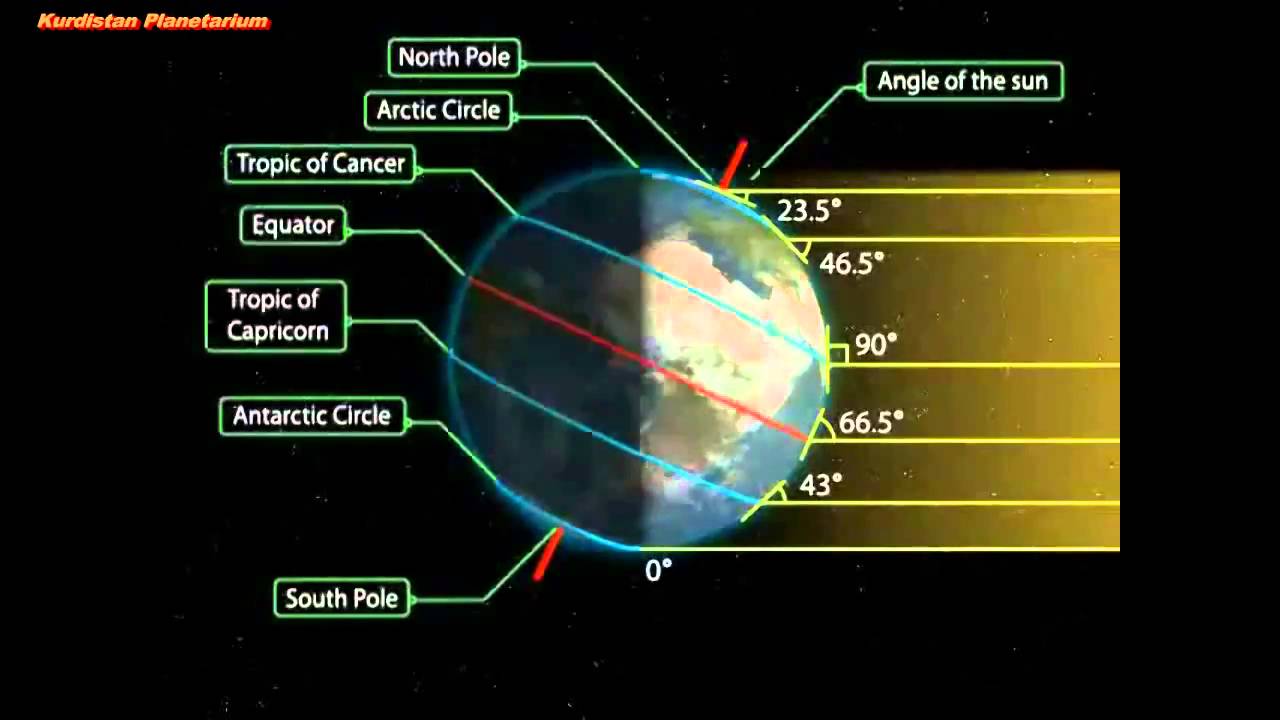

It's normal for Earth's axis to drift around, and the shifts are small compared to the size of the planet. (There's no need to panic: The slight nudge, while a change to Earth's axis, won't impact life on the planet, though the melting ice has the added deleterious effect of driving significant sea level rise.

"The Earth is like a spinning top, and if you put more mass on one side or the other, the axis of rotation is going to shift slightly," explained Isabella Velicogna, a professor of earth system sciences at the University of California, Irvine, and a researcher at NASA's Jet Propulsion Laboratory. This phenomenon, which scientists recently found more evidence for, ultimately shifts the planet's axis, something scientists call "polar drift." As the planet warms, ice from glaciers and ice sheets migrates from land into the sea (as water), which majorly redistributes weight on the globe.
#HAS SHIFTED EARTH AXIS SERIES#
The study comes as global ice loss has increased rapidly over the past two decades, soaring from approximately 760 billion tons per year in the ’90s to more than 1.2 trillion tons annually in the 2010s.Climate 101 is a Mashable series that answers provoking and salient questions about Earth’s warming climate.Ī strange impact of the continuously warming climate is that colossal amounts of ice melting into the planet's oceans have played a prominent role in moving Earth's axis - the invisible line Earth rotates around. “The faster ice melting under global warming was the most likely cause of the directional change of the polar drift in the 1990s,” Shanshan Deng, author of the study and researcher at the Institute of Geographic Sciences and Natural Resources Research at the Chinese Academy of Sciences, said. Researchers said most of the pole movement was prompted by ice melting off land and flowing into the oceans. They found that in 1995, the direction of the polar drift shifted from southward to eastward, and the average drift speed from 1995-2020 increased roughly 17 times from the average speed recorded from 1981-1995. Researchers from the American Geophysical Union analyzed measurements of ice loss and estimates of groundwater use in the ’90s along with studies on the pole’s movements.

Since 2002, researchers have been able to study the causes of polar drift thanks to data from the Gravity Recovery and Climate Experiment (GRACE) satellites and have linked glacial melting and groundwater pumping to movements of the poles since then.īut the new study published in Geophysical Research Letters aimed to explain changes in the poles that occurred during the ’90s, before the satellite data existed. How water is distributed on the surface of Earth is a factor that drives the shift.Īmerica is changing faster than ever! Add Changing America to your Facebook or Twitter feed to stay on top of the news. The locations of the North and South poles are not fixed as factors such as ocean currents, molten rock inside the Earth and other factors contribute to the shift of the poles. New research suggests glacial melting due to global warming has caused shifts in the Earth’s axis of rotation since the 1990s. They found that in 1995, the direction of the polar drift shifted from southward to eastward, and the average speed of drift from 1995 to 2020 increased about 17 times from the average speed recorded from 1981 to 1995.Researchers from the American Geophysical Union analyzed measurements of ice loss and estimates of groundwater use in the ’90s along with studies on the pole’s movements.Since 2002, researchers have been able to study the causes of polar drift thanks to satellite data.


 0 kommentar(er)
0 kommentar(er)
